Insulation Products Size
Insulation Products Market Growth Projections and Opportunities
The market for insulation products continues to be primarily driven by the building industry's steady growth. The demand for insulation materials is constant as new commercial, industrial, and residential buildings are developed or renovated to improve energy efficiency, adhere to building requirements, and provide comfortable indoor conditions. Strict construction rules and energy efficiency requirements are pressuring developers and property owners to spend money on high-performance insulating solutions. A major factor influencing the choice of insulating materials is adherence to these rules, which pushes the market toward creative and effective solutions that lower building energy usage. The market for insulation products is moving in the direction of environmentally friendly options due to growing awareness of environmental sustainability. Consumers, businesses, and governments are prioritizing insulation materials with low environmental impact, recycled content, and biodegradability. Sustainable insulation products align with the global push for greener building practices. Governmental programs like tax credits, subsidies, and incentives are necessary to encourage the usage of insulating products. Government financial incentives encourage businesses and homeowners to invest in environmentally friendly and energy-efficient insulation solutions, which propels market growth. Rapid progress in technology results in the production of novel and inventive insulating materials. All things considered, new materials and ingenious technologies are increasing the overall effectiveness of insulation, enhancing its thermal performance, fire resistance, and production methods. These technological advancements play a significant part in defining a product's competitiveness and uniqueness in the marketplace. The market for insulation products is being impacted by the trend of energy-efficient retrofitting of existing residential and commercial buildings. Enhancing thermal performance, cutting energy costs, and advancing environmental goals are the reasons why businesses and homeowners are investing in new insulation. One important factor driving the industry is retrofitting projects. The decision about the choice of insulating materials is influenced by local climate conditions and growing meteorological variability. Insulation products with good thermal resistance are necessary in areas with high temperatures, both hot and cold. Climate influences the choice of materials that can endure particular weather conditions, which further diversifies the market. Products that promote a better interior environment are in high demand due to the focus on indoor air quality and health issues. Materials resistant to mold and moisture, as well as those with low emissions of volatile organic compounds (VOCs), are becoming more and more popular. This component is indicative of a more widespread understanding of how building materials affect occupant health. Economic trends and conditions have an impact on building activity, which in turn affects the demand for insulation products. A number of variables, including GDP growth, housing market patterns, and infrastructure investment, frequently have an impact on market expansion. Positive economic growth and stability are factors that support the market for insulating materials.
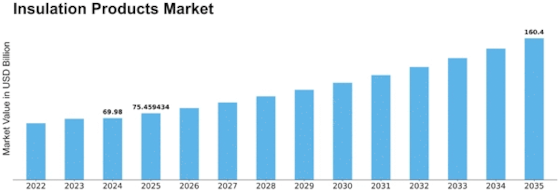

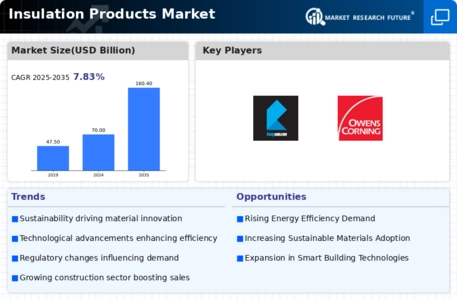

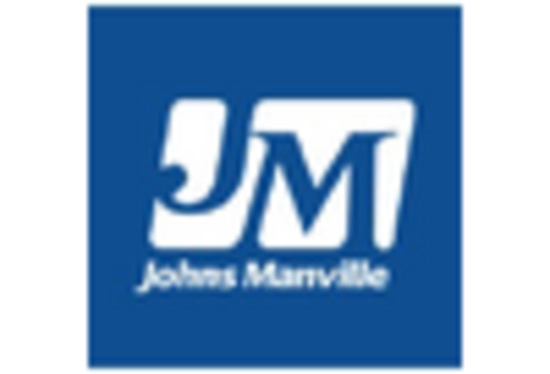
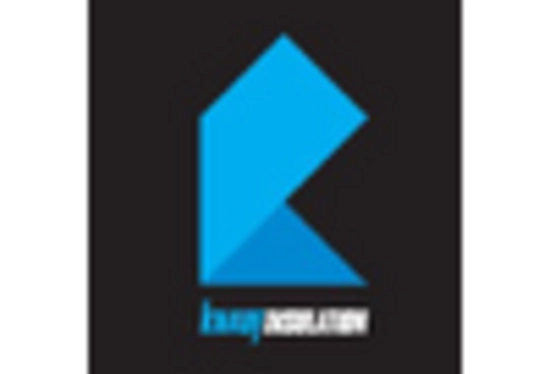
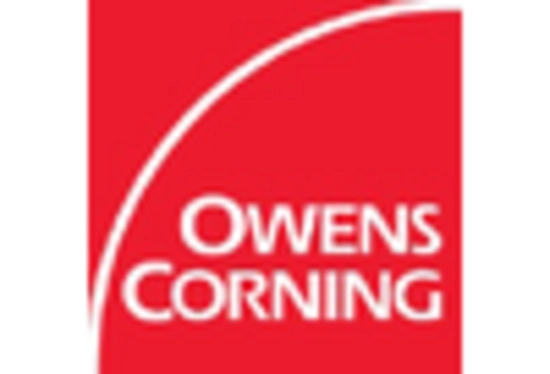
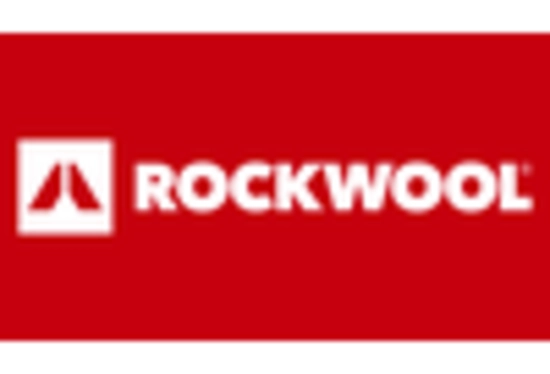
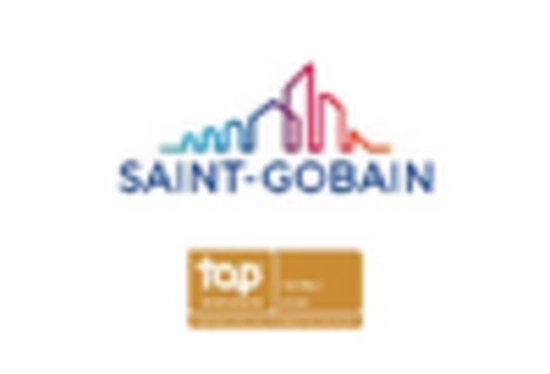









Leave a Comment